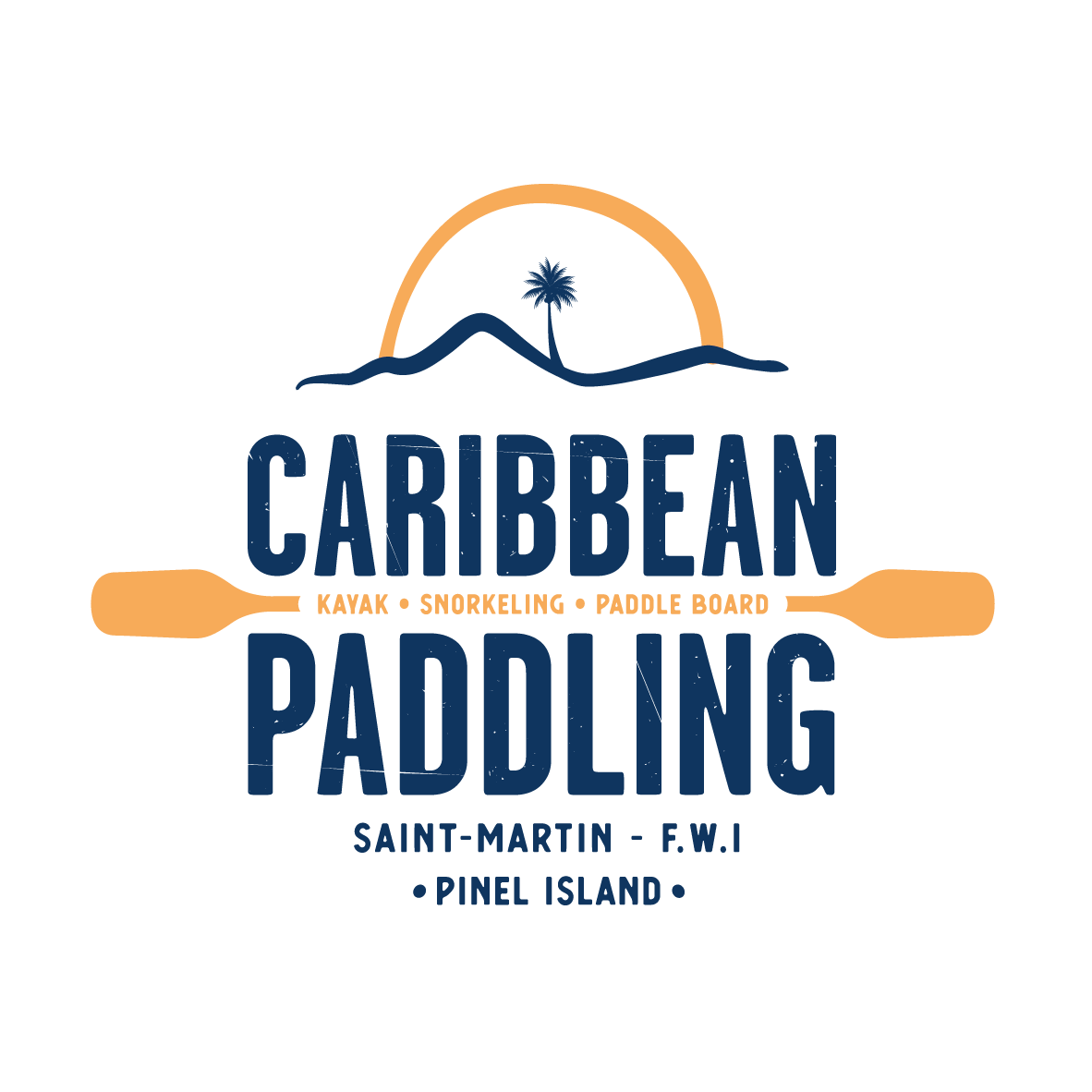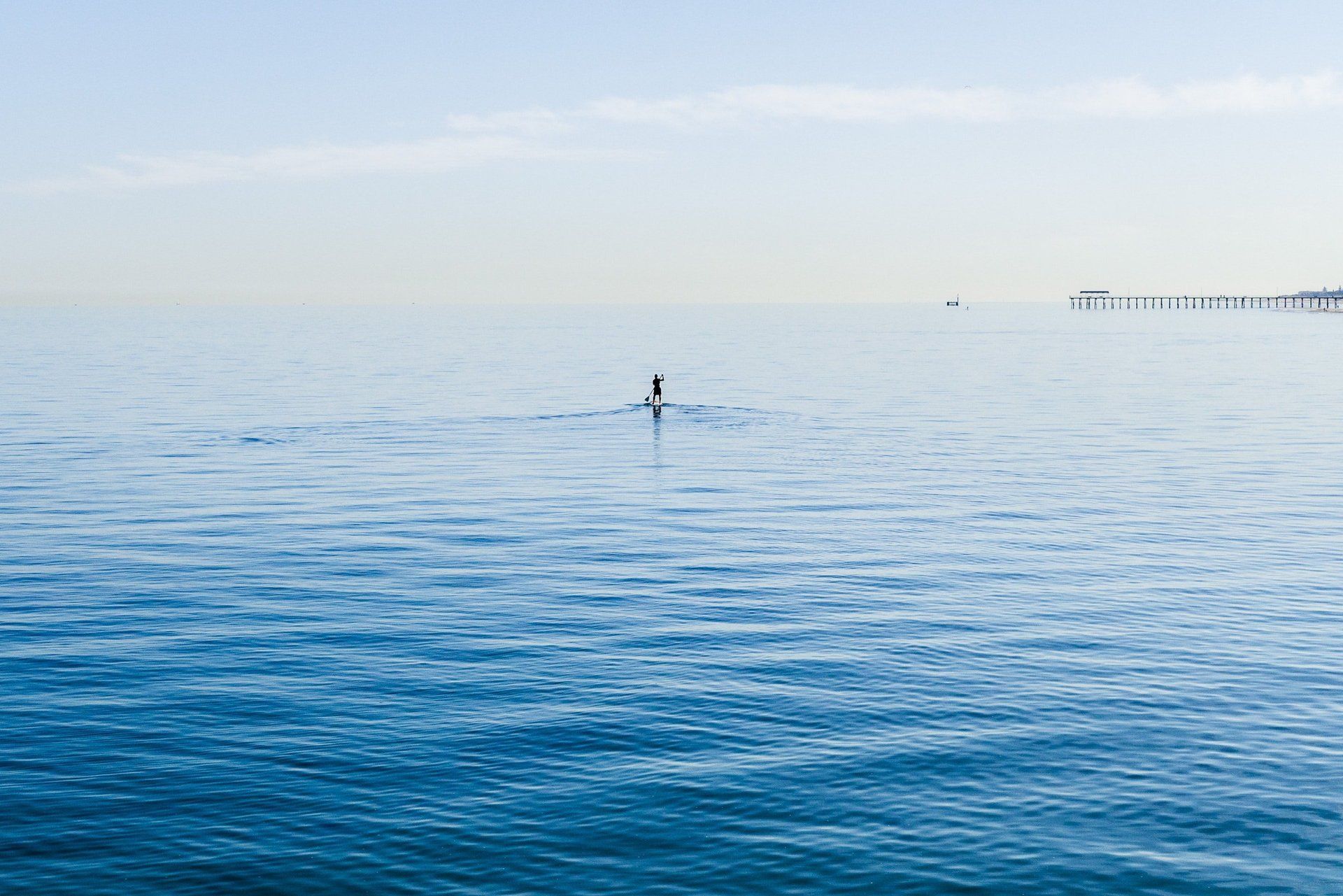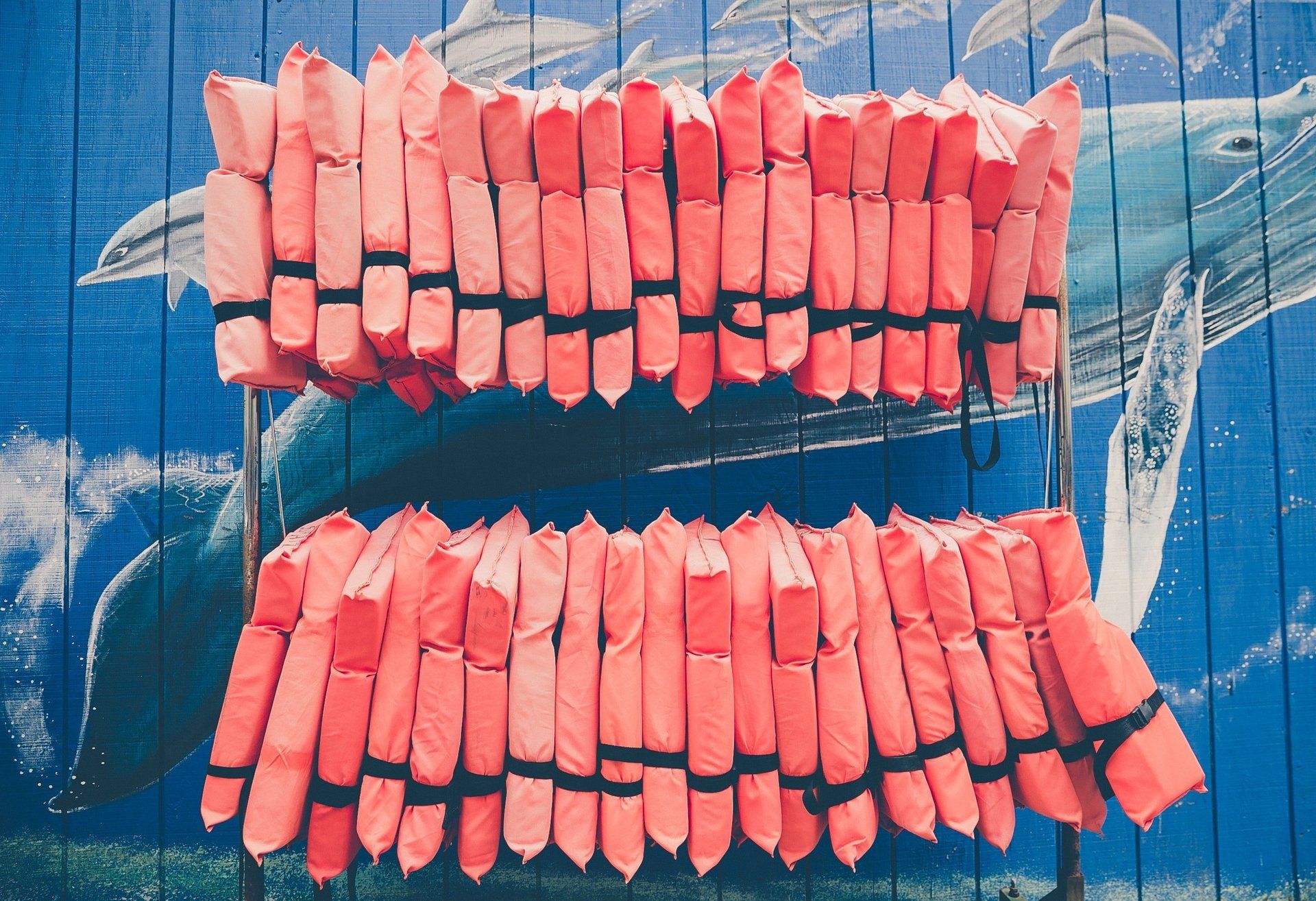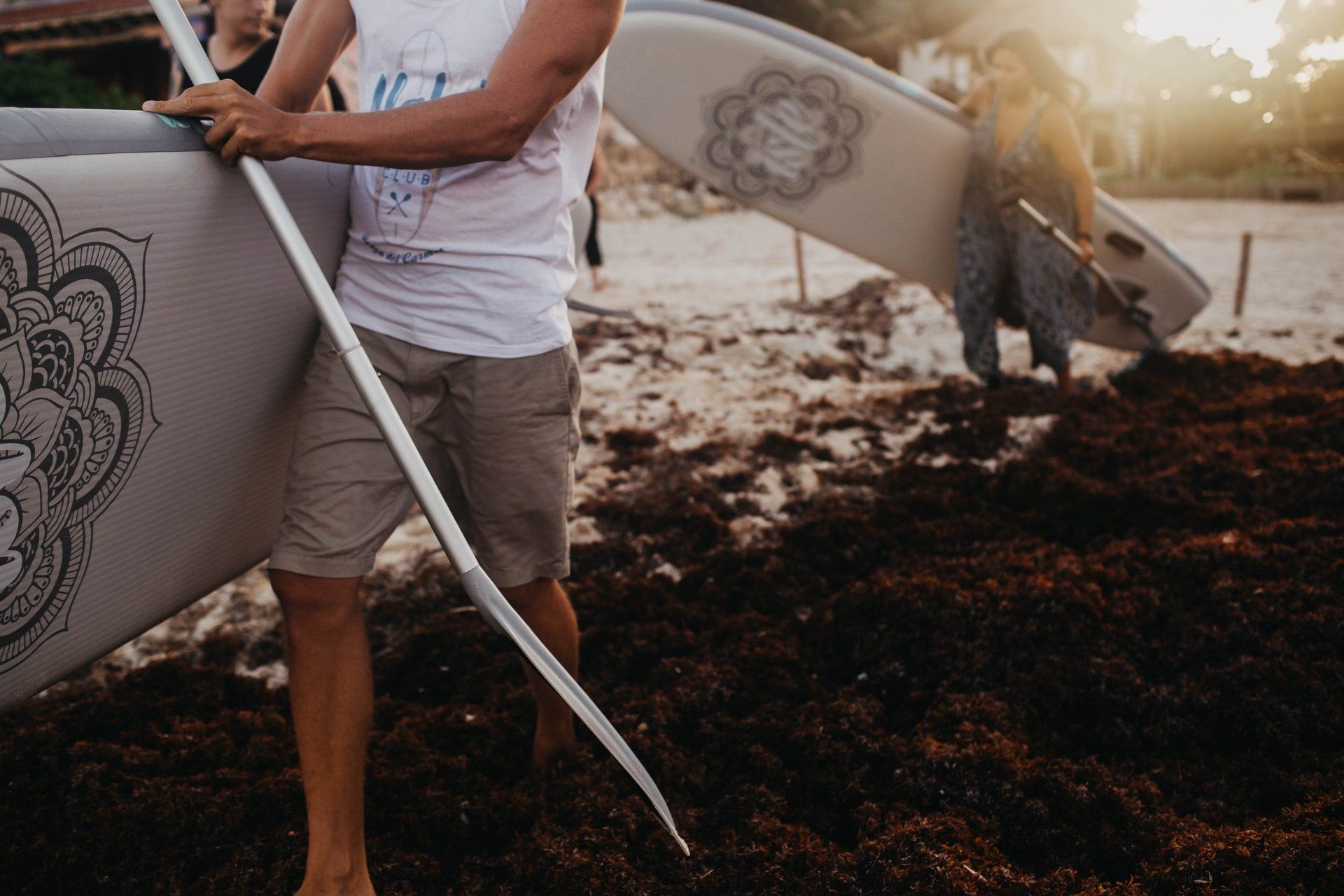Top 5 Essential Paddle Boarding Tips for Beginners
So, you’ve taken up the sport of paddleboarding, and you're wondering how to optimize your experience on the water with the essential gear. You're ready to hit your local lake, beach or river, but what should you bring in your paddling excursion? Now, depending on how long you intend your paddle adventure to last, you can always slip into the water with just your board, paddle and bathing suit. It's common to have less gear with you for a quick paddle session, or when sharing a board with the family on a beach day. But if you plan on being out on the water for more than twenty minutes, here are five essential tips for beginner paddleboarders to keep in mind.
#1 Stay hydrated and stretch
before or during your paddle boarding session. It is essential to remain hydrated while exercising on the water. Whether you’re cruising the coastline or through the backwaters during an afternoon, you must have access to water or a beverage of your choice to keep your palate wet. The sport of paddle boarding takes a lot of energy out of you and with a full core workout, it doesn’t take long to sweat. Staying hydrated is easy with the proper equipment. Having a reusable water bottle is perfect for small trips, but if you’re planning a day-long paddle, a Camelback is a fantastic accessory to add to your list of gear. These backpacks have waterproof pouches that fit snugly into a wearable and lightweight pack that makes for a comfortable carry. Sip cold water through the mouth piece attached to a tube that snakes over the shoulder for easy access. This hydration option is ideal, and most Camelbacks have separate compartments for storing small item essentials. Staying hydrated is key. If you do not have access to a Camelback, carry a water bottle in a dry bag or a small cooler that you can strap to the bow or stern of your paddleboard.
#2 Wear a life vest or PFD belt
No matter how great of a swimmer you may think you are, having a personal flotation device (PFD) is essential when paddling to and from locations. In most areas, it is the law to have a PFD on your person, or on the board while underway. There are multiple variations and plenty of fashionable styles to choose, and they range across a spectrum of affordable pricing. They’re perfect for throwing to a friend in distress or keeping your head above the water if you should have a health issue while paddling and fall off your board in a secluded area. This topic leads to the next beginner paddle tip.
#3 Sport a Leash
because you never know when you may need it. As the traditional safety saying goes, 'It’s better to have it and not need it, than to need it, and not have it.' A leash could save your life. Especially if you plan on paddleboard surfing or riding the flow of river rapids on your SUP. Staying connected to your board will save you from a long swim. Even if you're paddling the calm backwaters on one of the best iSUP boards on today's market, having a leash attached to your ankle, calf, or belt PFD allows for quicker and easier retrieval of your board should you find yourself separated or having to chase after it.
The leash allows paddlers to pull their board back in mere seconds, so riders can avoid walking on oysters or jagged rocks. The chances of falling off and becoming separated from your board increases when taking your paddle board experience to the extreme in the surf or rapids. Being tethered to your board is ideal, so you don’t have to tire yourself out swimming after your board.
#4 Sunscreen is
everyone’s best friend. No matter what color skin tone you have, our closest star, our sun, shows no mercy for any one on this planet. Sunscreen is designed to keep your skin from being scorched. If you spend anywhere from an hour paddleboarding to a half day or more, you could get scorched without the proper appliance of sunscreen. The most common sunscreen is 30 SPF to 50 SPF and come in a liquid, or solid stick form and is affordable and easy to apply.
There are small backpack-size or key chain bottle sunscreen variations that are perfect for day trips. Be sure to reapply every couple hours or so, and though having sunscreen is essential, wearing a hat, or long-sleeve shirt keeps the UV rays from hitting your skin. Skin cancer is more common than you think, and everyone who frequents the sunshine should have sunscreen on hand.
#5 A dry bag for storage
is always necessary if you don't want your food and technology to become soggy or ruined. Dry bags come in many forms and sizes, and you want to find one that floats in case it slides off your board into the water. Many paddle boards today have cross-bungee straps to secure your gear, but if you don’t have bungees on your board, sometimes things tend to float off if you’re not paying close attention. The key to picking a quality dry bag is finding one that has a reliable seal and is vibrant in color, so you can easily find if it does happen to fall into the water. There are smaller versions of the dry bag such as dry boxes or waterproof pouches. Compact and easy to fit into a Camelback or travel bag. They are large enough to hold your car keys phone, a few credit cards and a small tube of sunscreen. It is a fantastic piece of gear for your paddle board set up and keeps everything organized in one central location.
These five essential paddleboarding tips will prepare you for everything you need to maintain an optimized paddling experience. If you plan on hitting the water for the day, bring the essentials. You will remain comfortable, hydrated, and most of all, safe. All these items are more than affordable and are available in a variety of online resale websites. Find the essential paddleboard gear for your afternoon ride and share your new tips with fellow paddlers.


